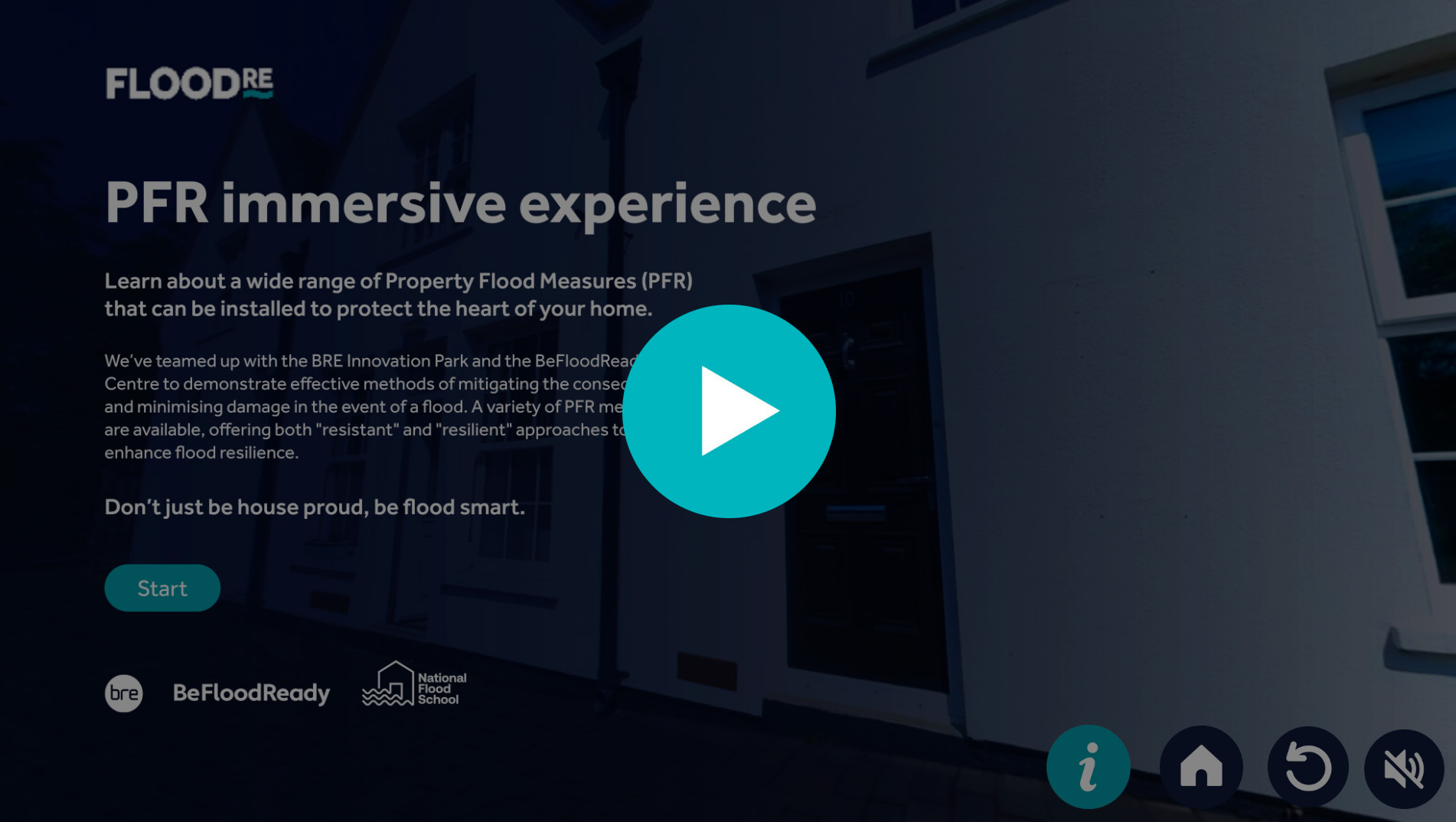What are flood protection measures?
Flooding damages lives as well as property. This impact can be due to losing cherished household items and being forced to leave your home. As well as this, there is the mental and emotional impact of shock at what has happened.
With the climate crisis, flooding is only going to get worse.
So, don’t just be house proud. Be Flood Smart and protect the heart of your home with PFR measures. It couldn’t be easier.
PFR works alongside traditional engineered defences and natural flood management. It includes measures to reduce the risk of flood damage to individual homes, speed up repair work, and help people move back into their properties quicker after a flood.
You can make simple, cost-effective changes to your property to make flooding much less destructive and distressing with Property Flood Resilience measures. The main objective of PFR measures is to slow the speed at which water enters your home.
This means that any water that gets in causes less damage to what’s important to you and minimises disruption.




